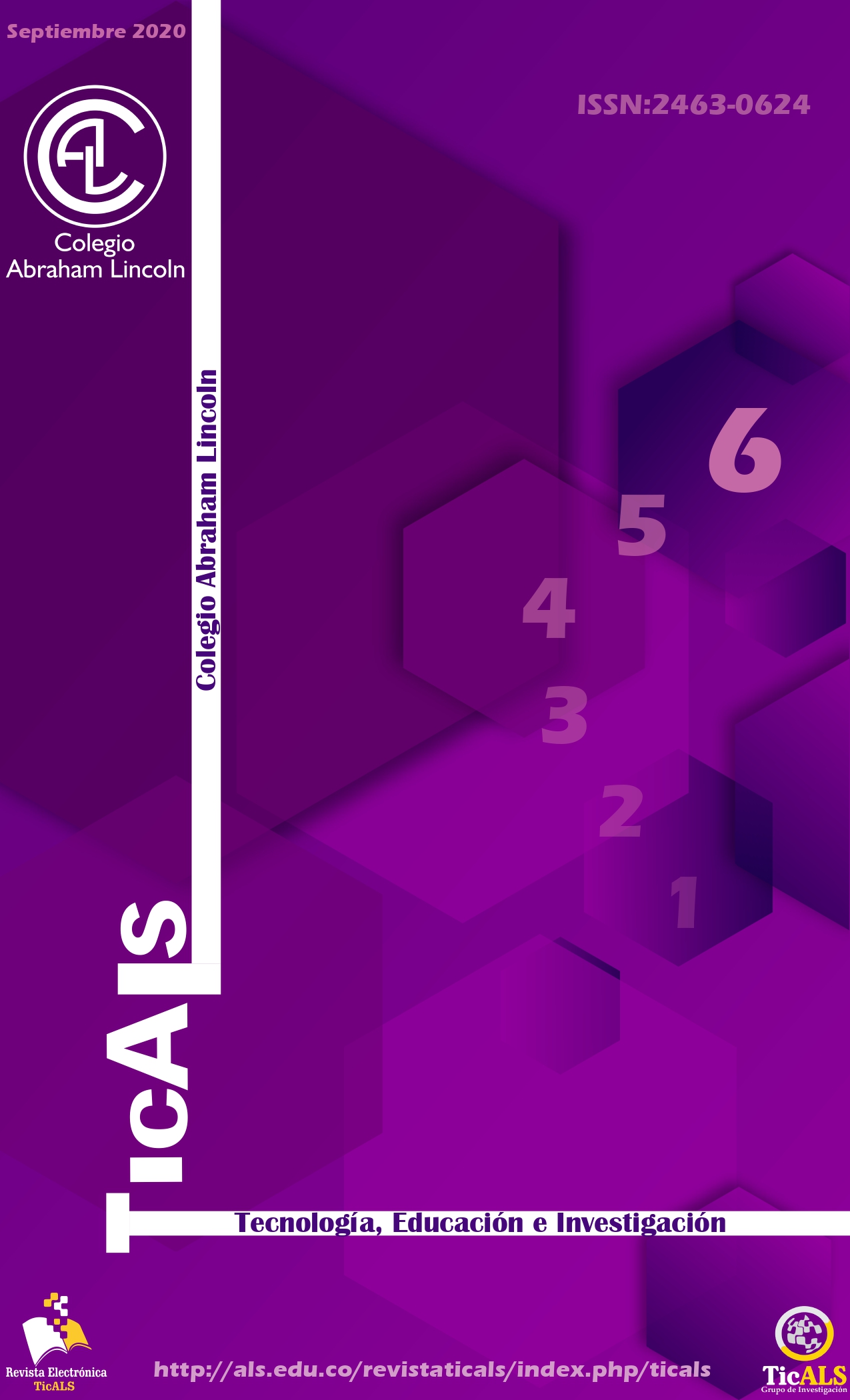Abstract
The purpose of this research is to know how elementary school students conduct themselves in the learning of geometry; it aims to understand the evolution of reasoning in the interaction with objects from its environment and geometric representations, identifying the elements in the analysis, recognizing properties and contextualizing the knowledge and make it operational, that conceptual construct advantage the problem resolution. The model developed by Van Hiele and the theory of the concept image of Tall and Vinner are considered the main theoretical references. It is a qualitative research, with an ethnographic method, through observation, interviews, field notes, video recordings, and disciplinary tests; for an analysis of the students' performance solving problem situations; hence were identified six levels of conceptual development where students learn by building and making use of visualization, construction, representation and integration skills of meanings working geometric concepts and applying them in problem-solving. It was identified most of the participating students were at the interpretive level where their conceptual constructions arise from their perception and are expressed using arbitrary terms; they communicate meanings using an arbitrary and informal language. It assumes the importance of strengthening the teaching and learning process, for the advantage of the development of solid and broad concepts that facilitate the resolution of geometric problems.

